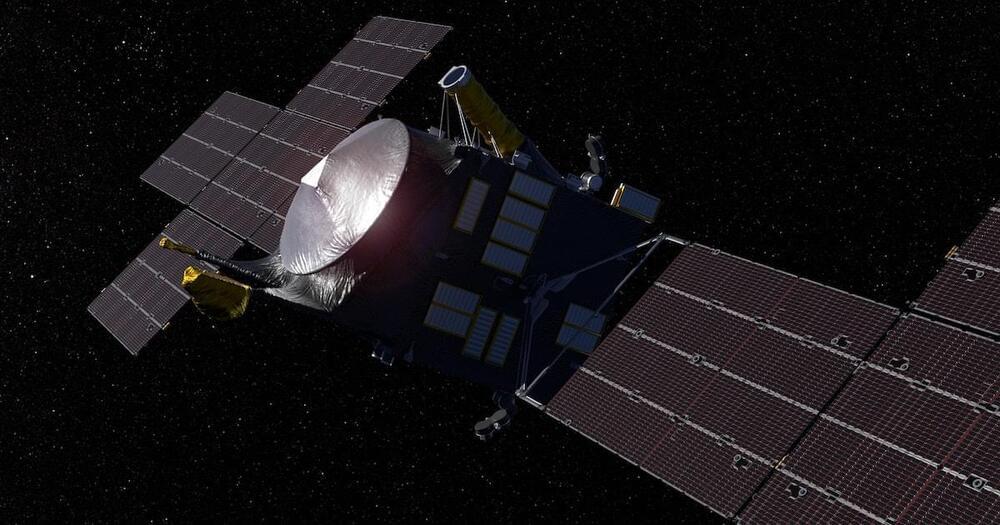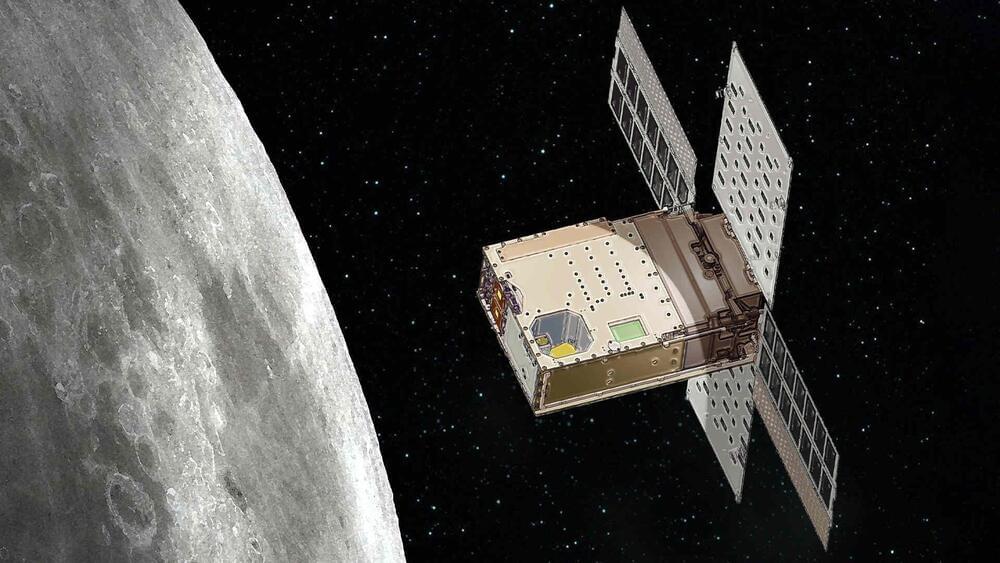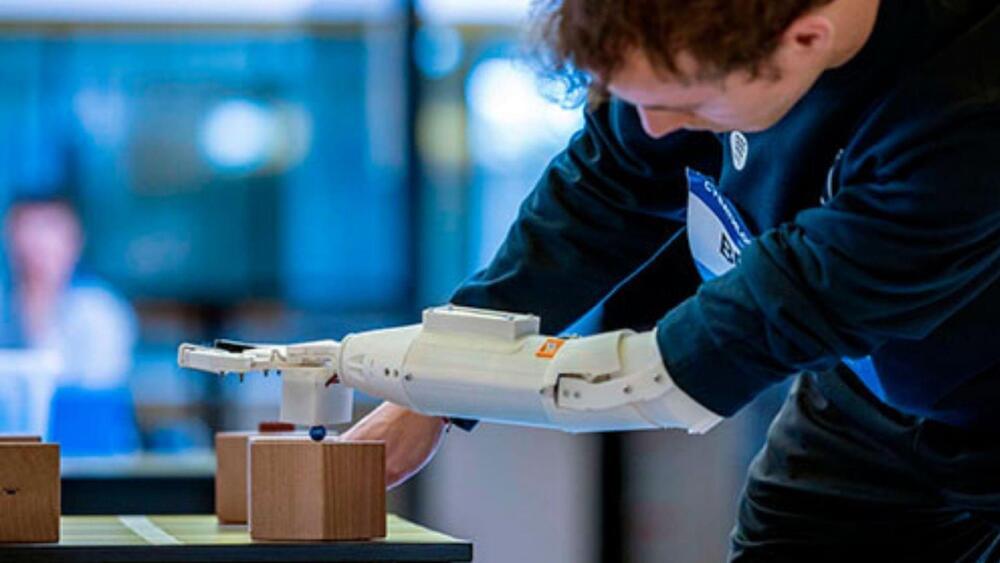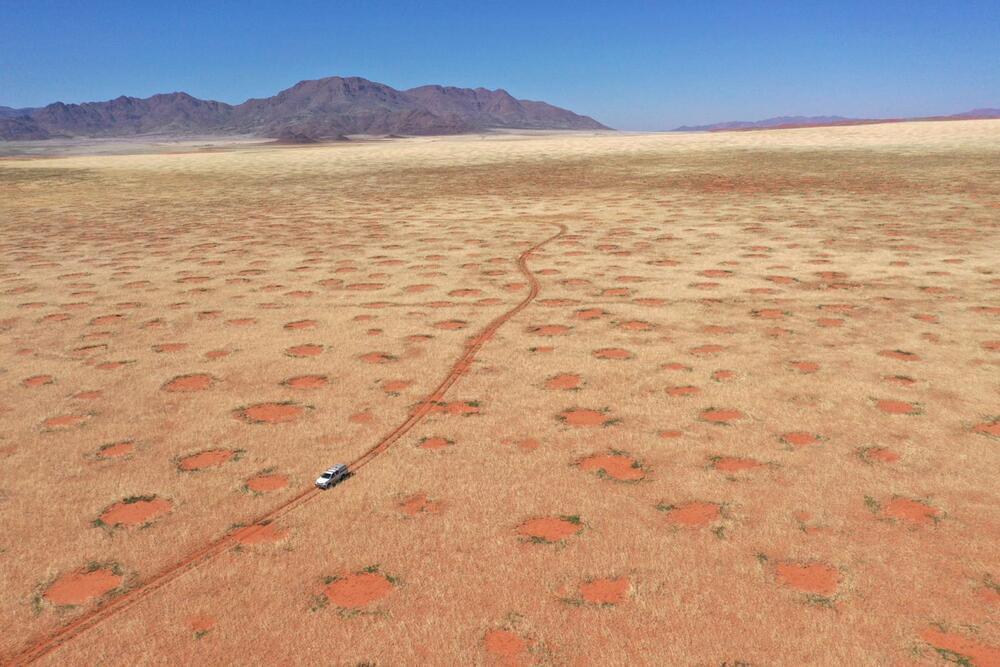Posthumanuniversity.com Now streaming.
Listen to Hypermodern Magic.

How much did Musk pay for Twitter again? With everything the marketing of anything starts with demand. Was there demand for something better than Facebook and Twitter of course. Was there a demand to buy Twitter no. Kanye lost money but he didn’t lose $44 billion, as Musk probably realizes that $5 billion in yearly revenues isn’t guaranteed, especially if people pull a Kanye…so Musk wants to charge.
What is in demand then? Affordable housing is in demand because rents and inflation keep going up. $44 billion buys a lot of land. $25 Billion is $500 million in 50 states. This would have enabled Musk to spend $25 Billion on land alone. That always increase in value.
New 3D-printed Home Pushes the Boundaries of Resilient and Sustainable Architecture and Design; Official SXSW Event Tours of ICON’s “House Zero” Revealed for March 13–14, 2022.

The mission to explore a metallic asteroid could launch in October 2023.
The agency announced on October 28 that after months of scrutiny, an independent review board has decided it’s possible to move forward with the Psyche mission — humanity’s first venture to a metallic asteroid, 16 Psyche.
What’s New – The Psyche mission is now on track to launch in October 2023, which means it could reach its namesake destination in August 2029 after a gravity-assist swing past Mars in 2026. In the meantime, the mission team is testing the spacecraft’s flight software, something that became a sticking point back in June when NASA realized that Psyche stood no chance of being ready in time for its original mid-October 2022 launch date.


KanawatTH/iStock.
Researchers at the University of Toronto are combining artificial intelligence and microelectronics to create innovative technology that is safe and effective. The research team wants to incorporate neural implants into miniature silicone chips in a similar way that is done to manufacture chips used in today’s computers.

The flight lasted for five hours and six minutes over the Mojave Desert.
For the first time on Friday, October 28, Stratolaunch’s Roc, the world’s largest plane, flew a prototype of the Talon-A separation test vehicle, TA-0, its air-launched hypersonic vehicle.
According to a press release, the flight centered on measuring the aerodynamic loads on the Talon-A vehicle. “The loads captured in flight will validate aerodynamic predictions to ensure the release mechanism will function as designed,” it said.
Stratolaunch.
The flight, which was Roc’s eighth, lasted for five hours and six minutes over the Mojave Desert, reaching an altitude of 23,000 feet (7,000 meters).

The SmallSat will use a four-laser reflectometer, with near-infrared wavelengths that are easily absorbed by water, to identify ice on the Moon’s surface.
In a few weeks, a small satellite will shine a light on the permanently shadowed craters of the Moon, looking for reservoirs of water ice that could be highly beneficial to astronauts.
NASA’s Lunar Flashlight, the size of a small briefcase, is scheduled to launch aboard a SpaceX Falcon 9 rocket from Cape Canaveral Space Force Station in Florida between November 9 and 15 with the Japanese Hakuto-R lander and United Arab Emirate’s Rashid 1 rover.

More affordable than the regular ones.
The Arm2u biomedical engineering team from the Barcelona School of Industrial Engineering (ETSEIB) of the Universitat Politècnica de Catalunya designed and constructed a configurable transradial prosthesis that responds to the user’s nerve impulses using 3D printing technology.
Arm2u is a prosthesis that can replace a missing arm below the elbow. It can be controlled with myoelectric control, which means that it is controlled by the natural electrical signals produced by muscle contraction.
UPC
As stated in the release, UPC bachelor’s and master’s degree students started off improving a prosthesis for people with disabilities using assistive technologies.

Their existence will no longer mystify us.
Identified in Namibia, fairy circles are circular regions of land devoid of vegetation that range in diameter from 7 to 49 feet (2 to 15 meters) and are frequently surrounded by a ring of promoted grass growth.
Until recently, these fairy circles were seen as a mystery. In 2020, in the Department of Ecosystem Modeling at the University of Göttingen in Germany, researchers tried to solve the mystery by using the Turing method — which explains how natural patterns like stripes and dots can emerge organically and independently from a homogeneous, uniform state.
Now, the team has officially sold the mystery, as reported in the release. The results of the research were published in Perspectives in Plant Ecology, Evolution, and Systematics on October 20.

Here is what the ECG reports of the first patient with the pig heart say.
In January this year, the heart of a genetically modified pig was transplanted into a human for the first time. The patient, David Bennett, managed to survive for two months with the pig heart, and this unique organ transplant operation led to various exciting findings and further research work.
One recently published research reveals that the electrical conduction system (network of cells, signals, and nodes in a heart that collectively controls heart functions and heartbeat) of the genetically modified pig heart differs from that of an ordinary pig’s heart.
David Bennett, the 57-year-old man who became globally known as the first human to receive a genetically modified pig’s heart as a transplant has died in the hospital where he underwent the transplant and was recovering, according to a press release.
Bennett was first admitted to the University of Maryland Medical Center (UMMC) in October last year with arrhythmia — the irregular beating of the heart, which in his case had become life-threatening. The doctors placed him on extracorporeal membrane oxygenation (ECMO), commonly known as a heart-lung bypass machine to keep him alive.